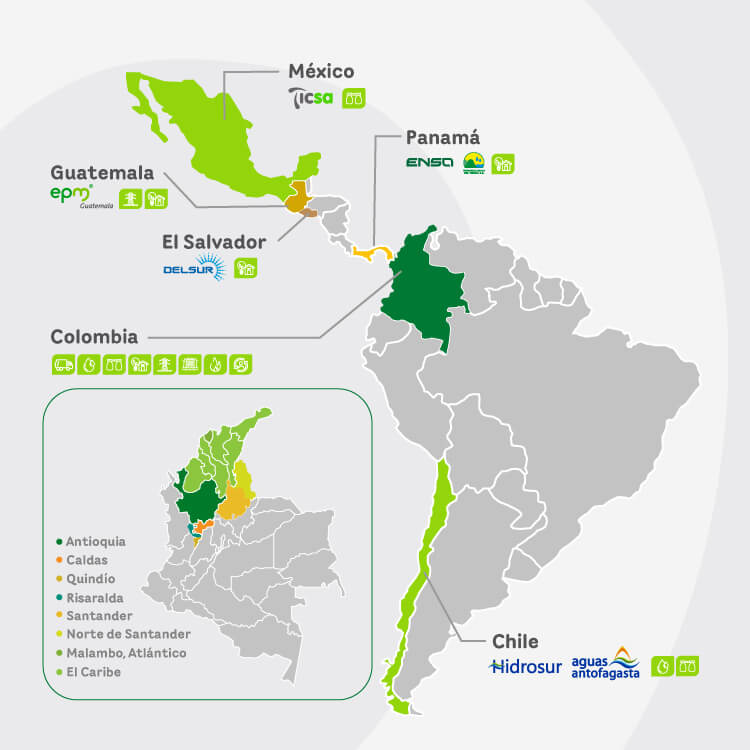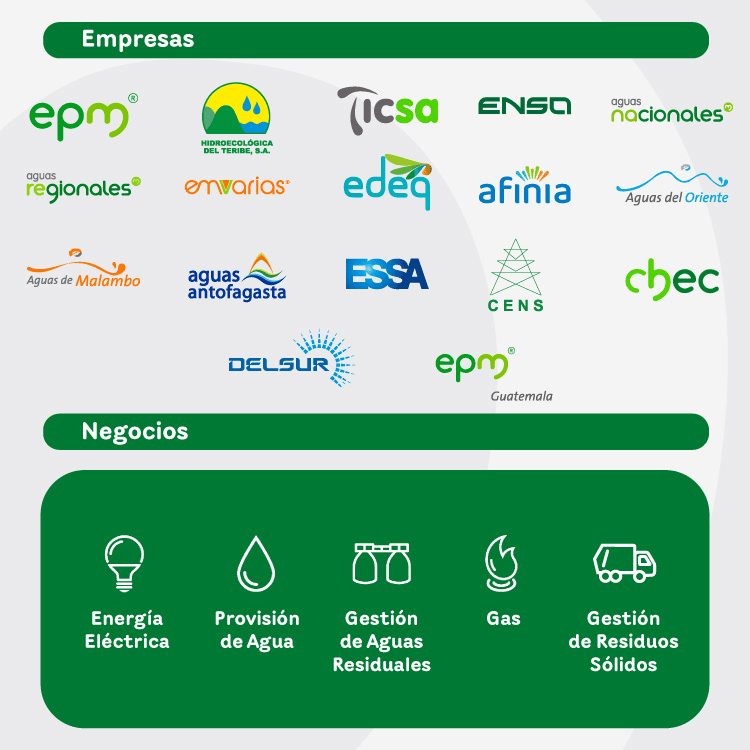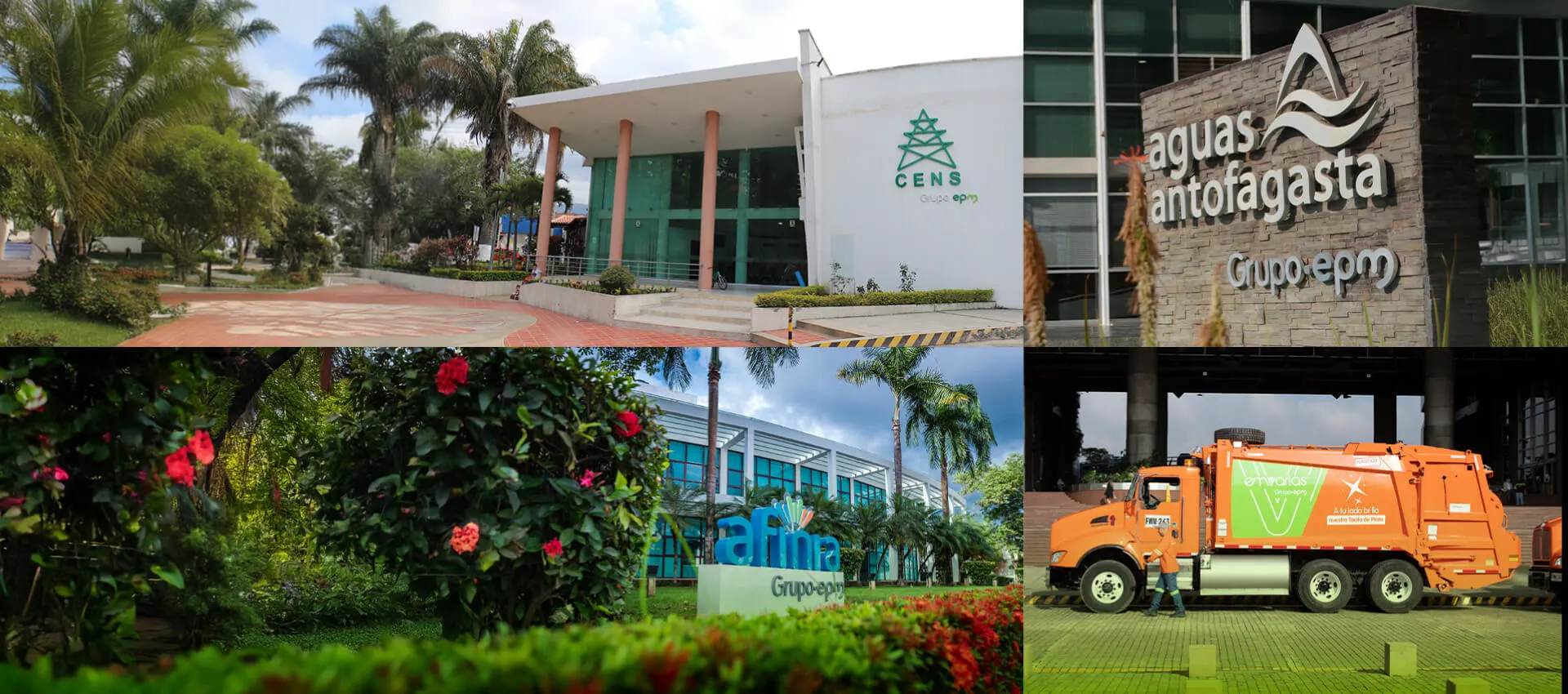
Sustainable development goals



Contents of GRI standards and corporate indicators
GRI 2-7
Employees.
GRI 2-30
Collective bargaining agreements.
GRI 3-3
Management of material topics.
GRI 401-1
New employee hires and employee turnover.
GRI 401-2
Benefits provided to full-time employees that are not provided to temporary or part-time employees.
GRI 401-3
Parental leave.
GRI 403-1
Occupational health and safety management system.
GRI 403-2
Types of accidents and accident frequency rates, occupational diseases, lost days, absenteeism, and the number of deaths from occupational accidents or diseases.
GRI 403-3
Workers with a high incidence or high risk of diseases related to their activity.
GRI 403-4
Health and safety issues addressed in formal agreements with unions.
GRI 404-1
Average hours of training per year per employee.
GRI 404-2
Programs for upgrading employee skills and transition assistance programs.
GRI 404-3
Percentage of employees receiving regular performance and career development reviews.
GRI 405-1
Diversity of governance bodies and employees.
EU14
Programs and processes to ensure the availability of skilled labor.
EU15
Percentage of employees eligible to retire in the next 5 and 10 years, broken down by category and region.
EU16
Policies and requirements concerning the health and safety of workers, contractors and subcontractors.
EU17
Workdays of employees of contractors and subcontractors involved in construction, operation and maintenance activities.
EU18
Percentage of contractors and subcontractors that have undergone relevant health and safety training.
EP4-31
Quality of Life Measurement - Psychosocial Risk.
Scope and coverage
Geography

Business and companies
















